Archeologists have made a stunning discovery at the bottom of the English Channel while investigating an ancient, 800 year old shipwreck.
Near this shipwreck was the remaining cargo that once was on the ship. Divers quickly found incredibly old medieval gravestones at the bottom of the Channel, making one eerie discovery.
The Discovery of an Old Shipwreck
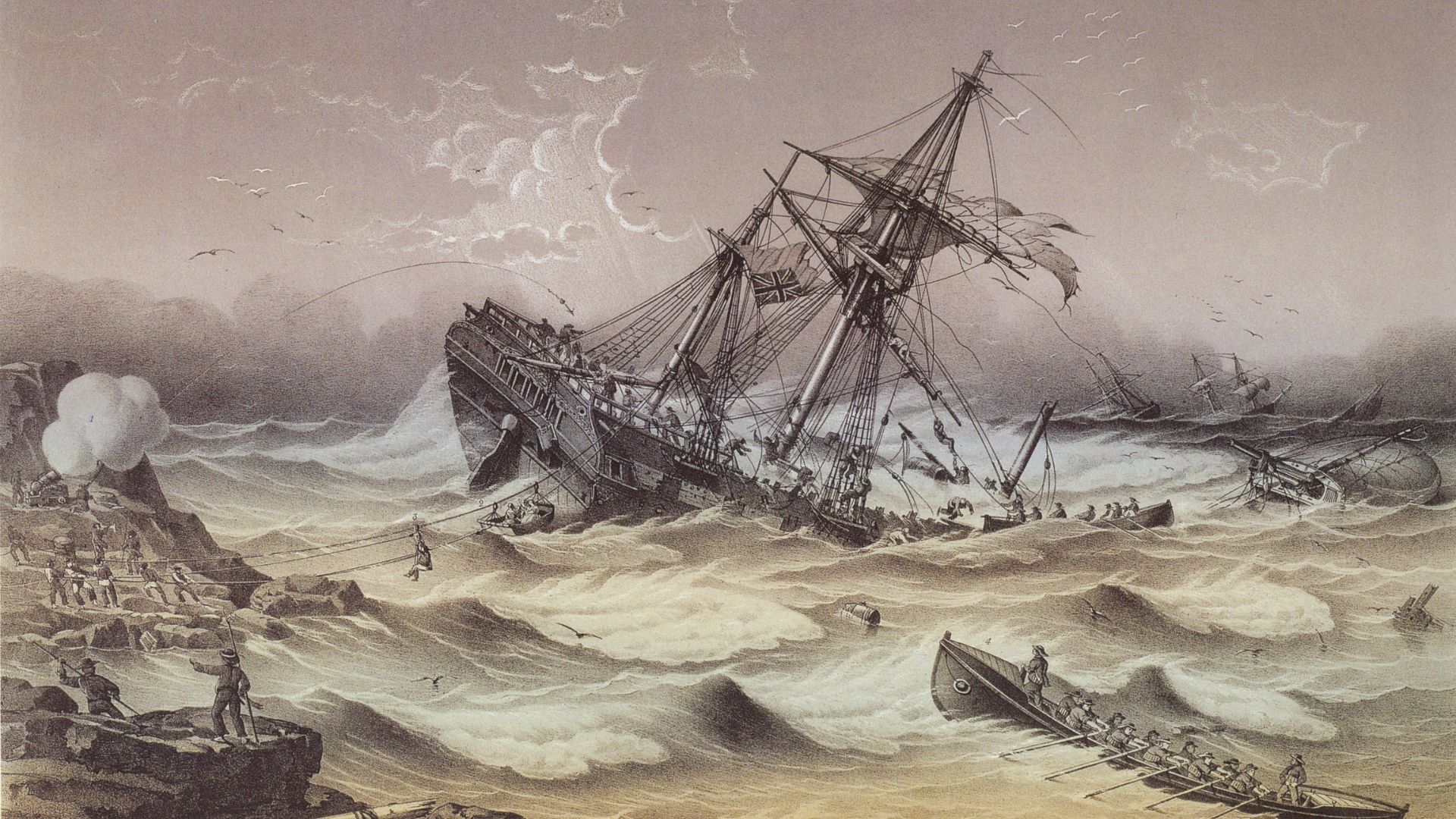
This specific shipwreck wasn’t discovered until 1982. At first, many thought this “obstruction” was simply a pile of rubble at the bottom of the sea.
Not until 2019 did scientists realize they had something else entirely there in the English Channel. A team of divers went down to the site to discover that a very old shipwreck was lying on the seabed.
The Mortar Wreck
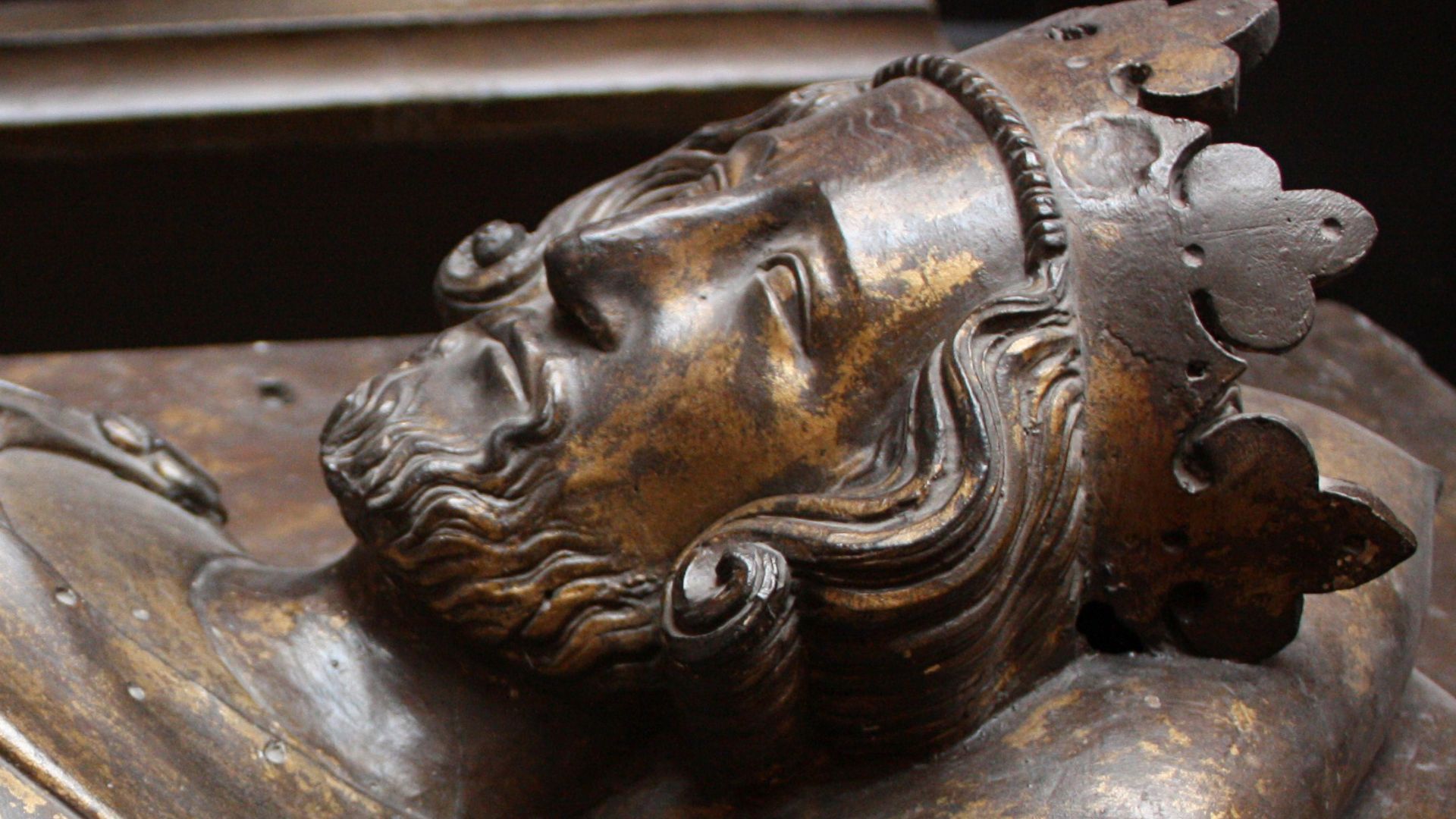
The site of the Mortar Wreck was further investigated — and just last week, archeologists were able to reveal yet another stunning find near this ancient shipwreck.
According to a Bournemouth University press release, British archeologists uncovered that this wreck occurred during the reign of Henry III. Henry III ruled from 1216 to 1272. Therefore, the shipwreck remained at the bottom of the English Channel for 800 years.
Finding Medieval Gravestones
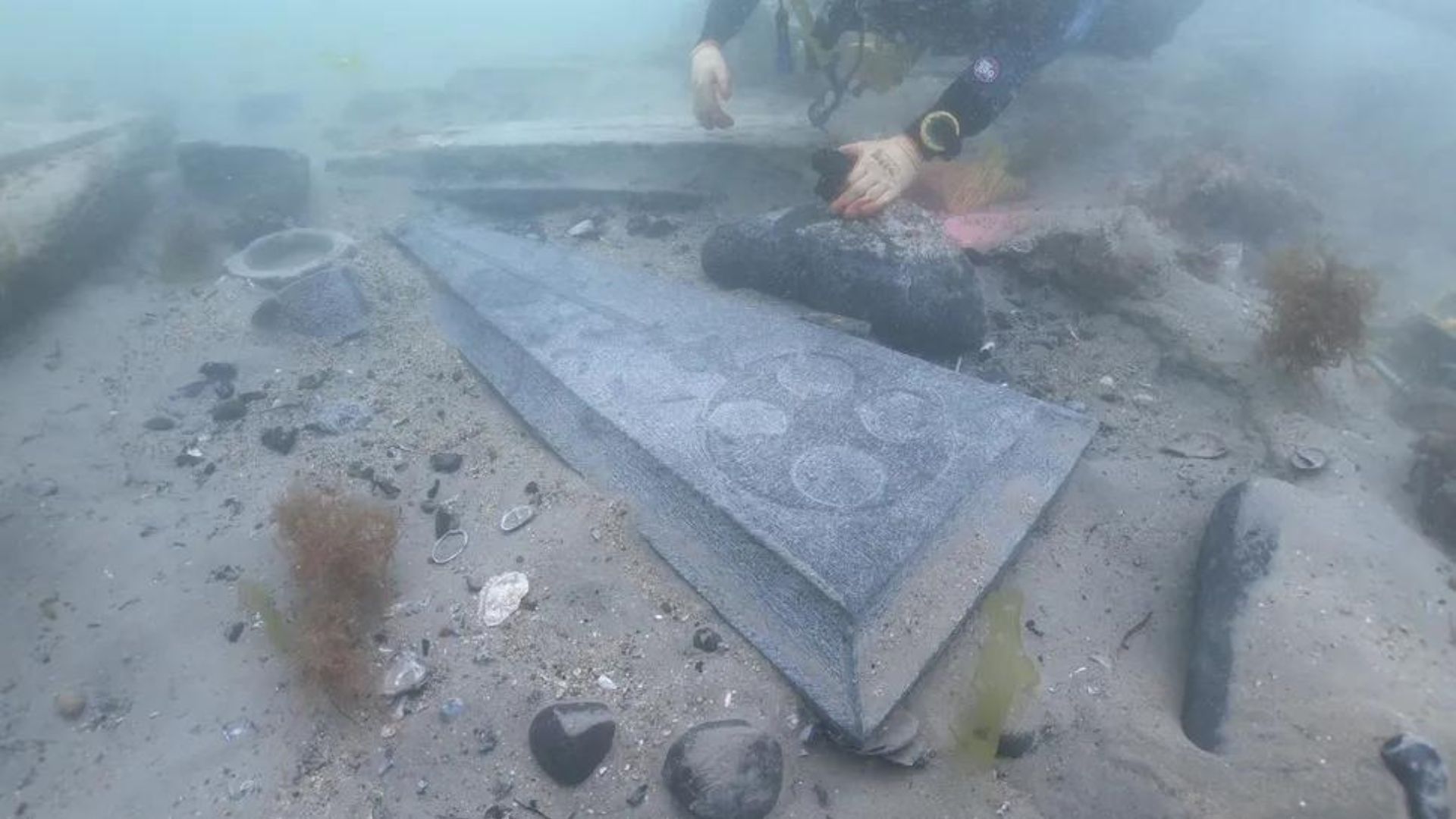
As if finding this 800-year-old shipwreck wasn’t remarkable enough, archeologists were also able to discover medieval gravestones near the shipwreck.
These eerie gravestones were a part of the cargo of the ship back in the 1200s. Luckily for scientists, these marble stones have stood the test of time.
The Oldest Shipwreck Found in England
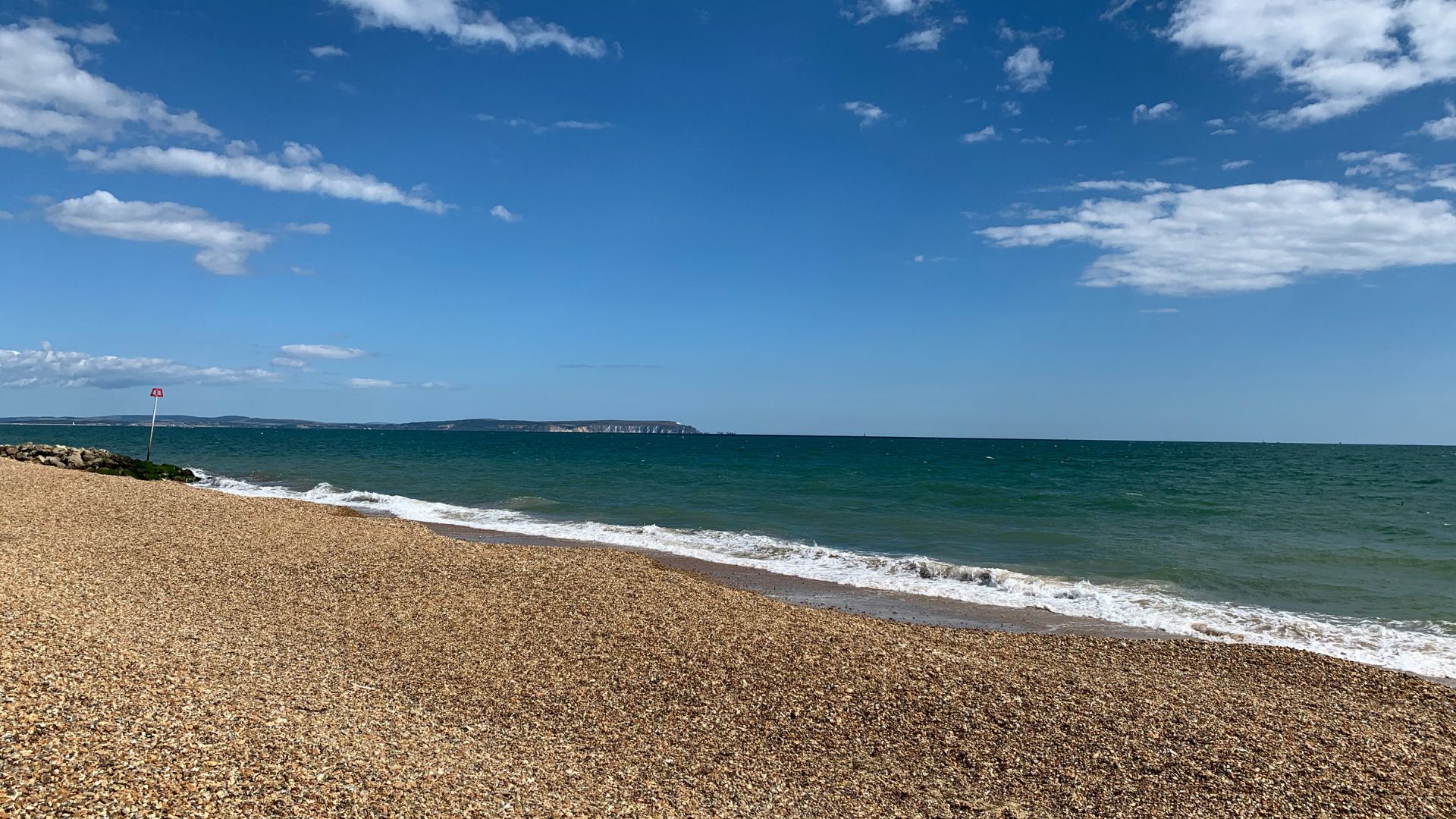
Bournemouth University further explained that this shipwreck — the oldest wreck found in England — was discovered off the coast of Dorset in Studland Bay.
The university stated, “The slabs, carved from Purbeck marble, were amongst the cargo of England’s oldest historic shipwreck, which sank off the Dorset coast during the reign of Henry III in the thirteenth century.”
Large Gravestones
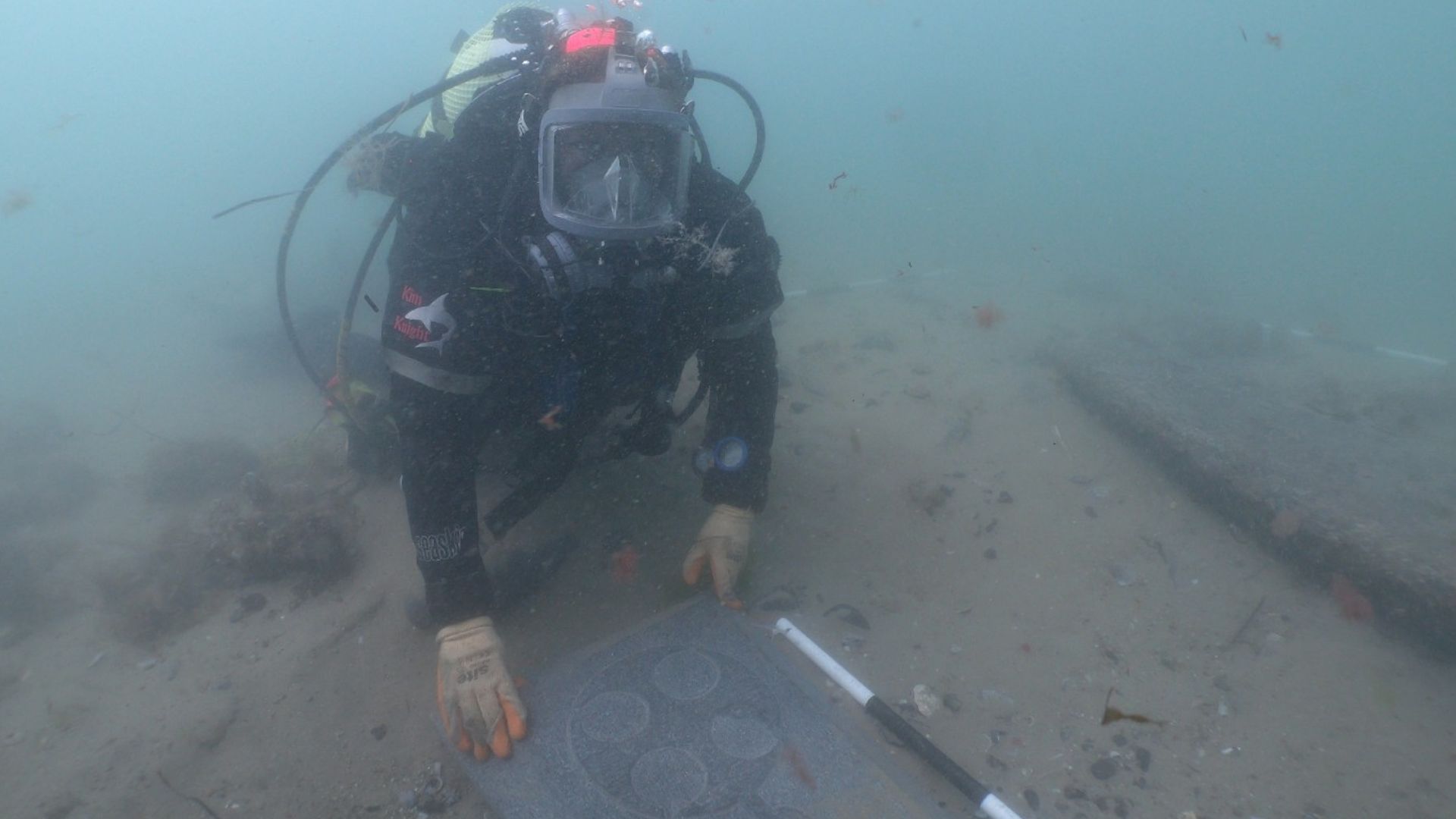
It took archeologists about two hours to bring these rather large gravestones to shore.
While one of the slabs is about 4.9 feet and weighs about 154 pounds, another slab found is much larger. This second slab consists of two pieces that equal 6.5 feet in total. Meanwhile, it weighs a whopping 440 pounds.
Standing the Test of Time
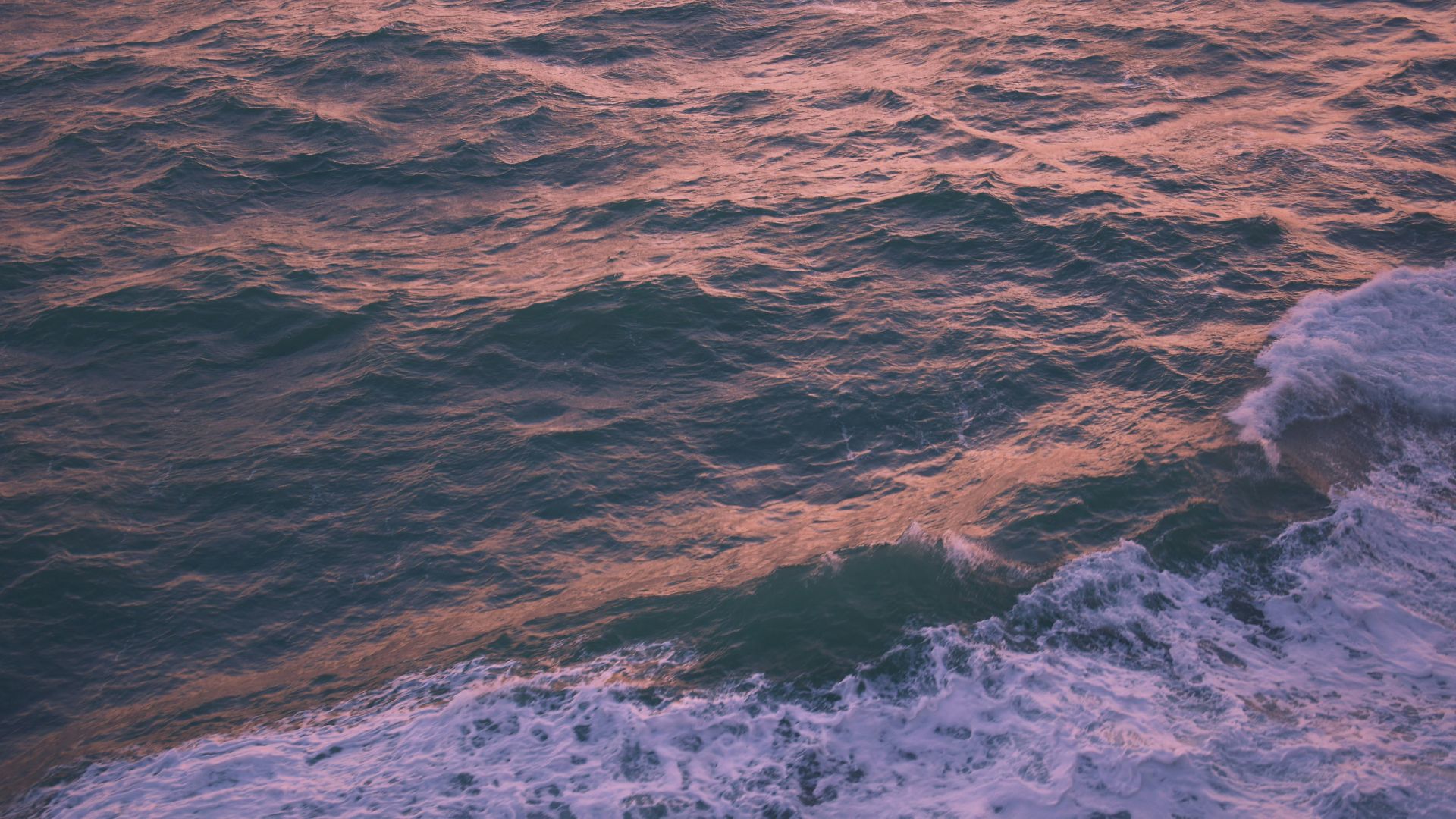
Even though these gravestones have been under the water for 800 years, they still appear to be in rather good condition, though one slab was covered in barnacles.
Regardless, the appearance and etchings of these grave slabs have allowed archeologists to better understand what these marble stones may have been used for — and why they were on the ship to begin with.
Who These Gravestones Were For
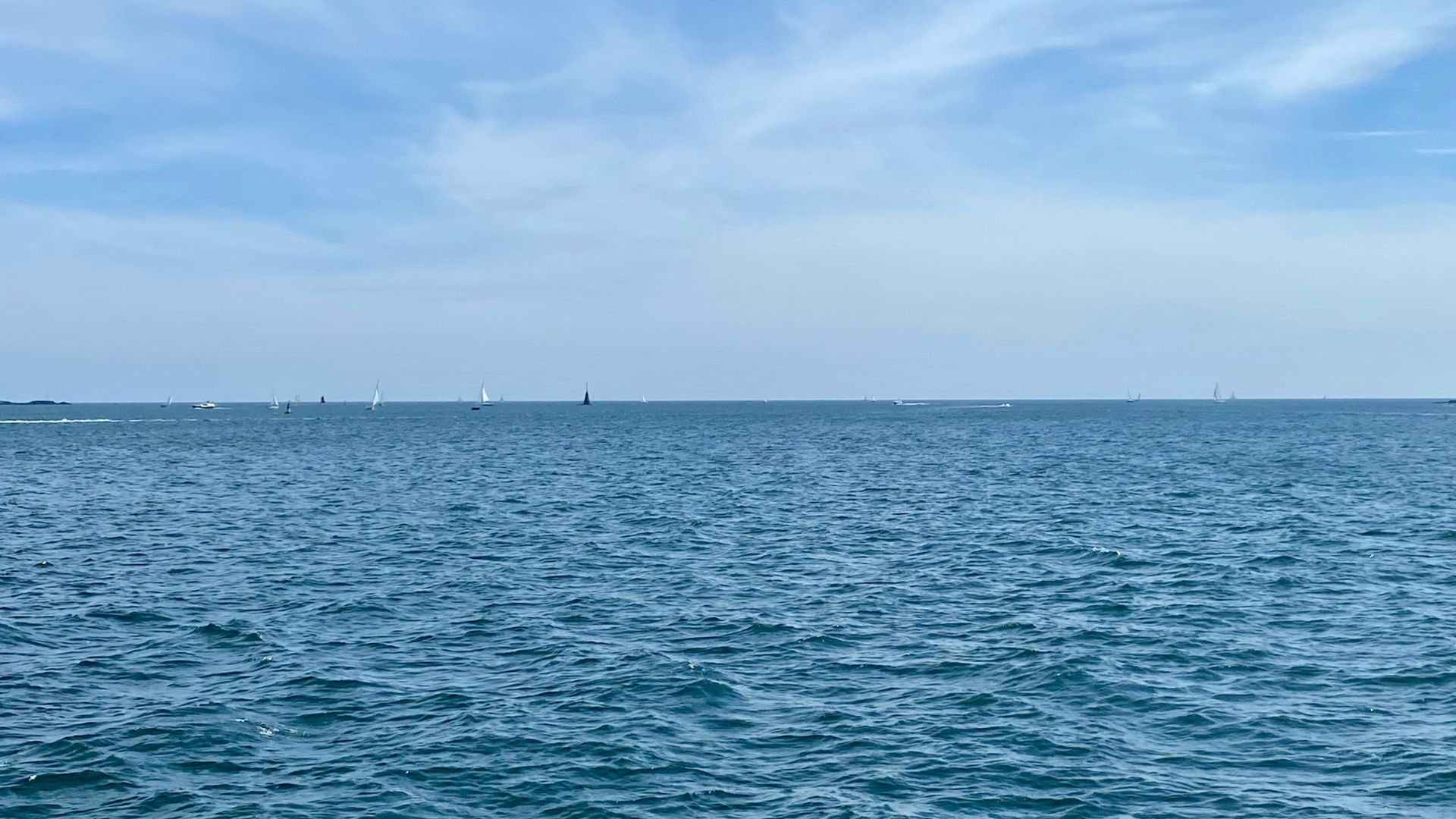
According to the university, these gravestones were likely for important members of the clergy. During medieval times in England, clergy members were venerated in society.
The university came to this conclusion because of the carvings on the slabs. Their statement explained, “Both have carvings of Christian crosses which were popular in the thirteenth century and the research team believe they were intended to be coffin lids or crypt monuments for high-status individuals in the clergy.”
Analyzing the Stone
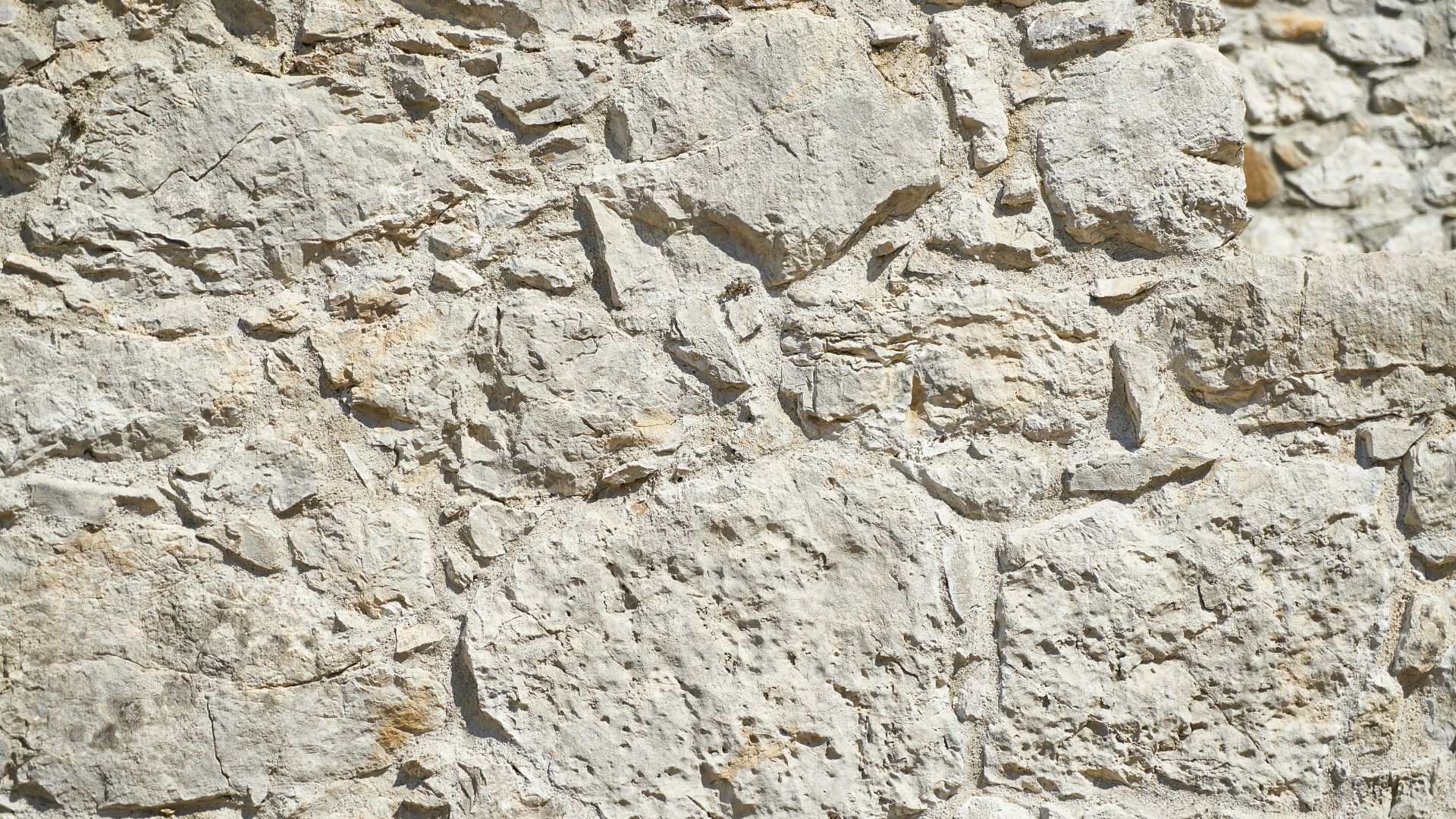
Experts were also able to analyze the Purbeck marble stone that these slabs consisted of. Stone slabs of this variety, and from this time, can be found in various parts of England, including Westminster Abby and Canterbury Cathedral.
Tom Cousins, the archeologist who led this new study, revealed, “The wreck went down in the height of the Purbeck stone industry, and the grave slabs we have here were a very popular monument for bishops and archbishops across all the cathedrals and monasteries in England at the time.”
Discovering New Facts About Medieval Society

Cousins also explained that there’s long been a debate among historians about how much marble was quarried in Dorset versus London. This discovery seems to shed new light on these arguments.
“Although Purbeck marble was quarried near Corfe Castle [in Dorset], there has always been a debate about how much work was done here and how much was done in London,” Cousins stated. “Now we know they were definitely carving them here, but they hadn’t been polished into the usual shiny finish at the time they sank so there is still more we can learn.”
Continuing to Investigate the Shipwreck
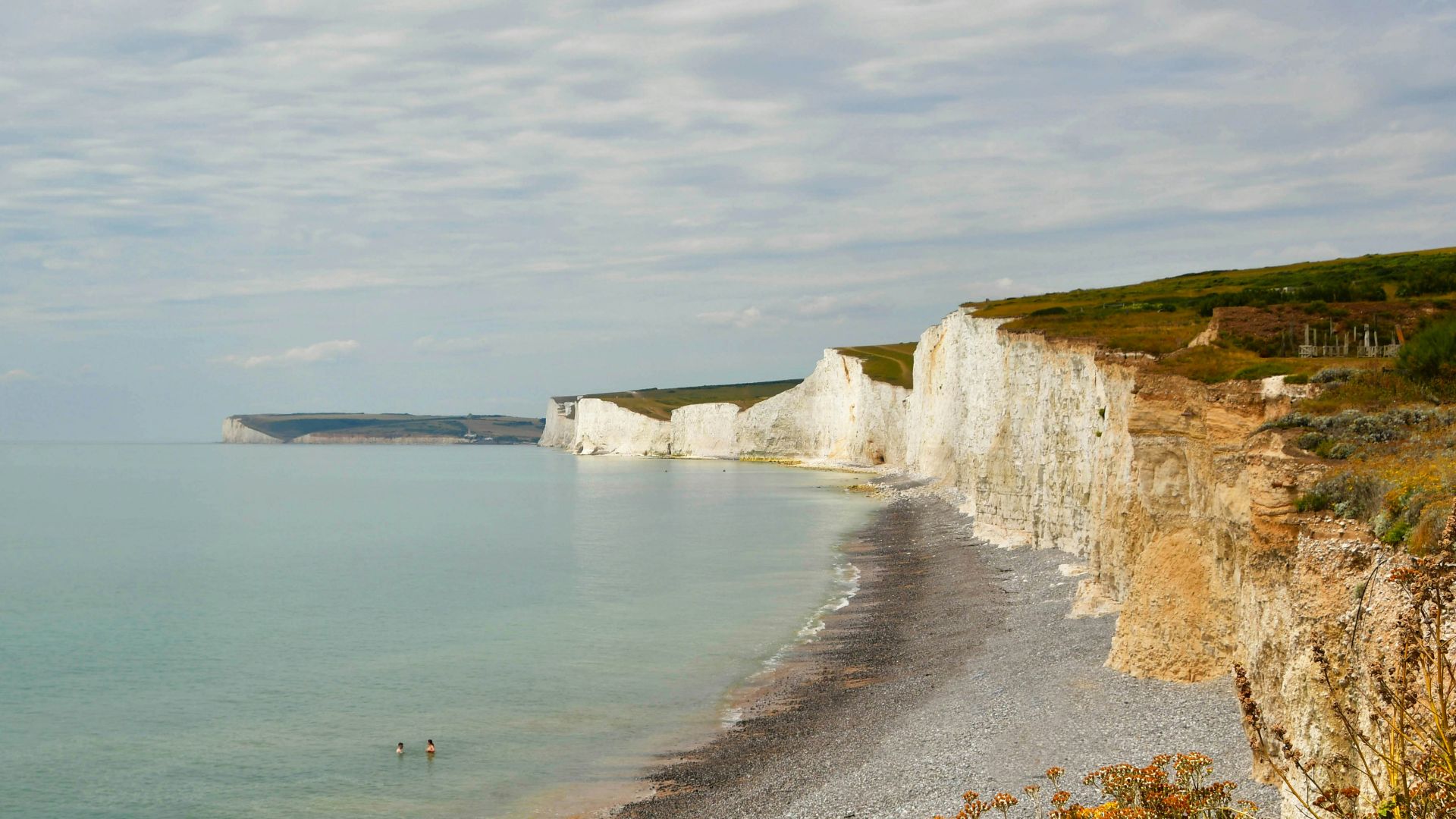
Now, this team of archeologists will continue to investigate the site of the Mortar Wreck and see if they can uncover some other mysterious details from 800 years ago.
As they continue to recover the slabs and mortars associated with the wreck, scientists are hoping to learn even more about medieval society in England, as well as medieval stonemasonry.
The Gravestones’ Next Steps
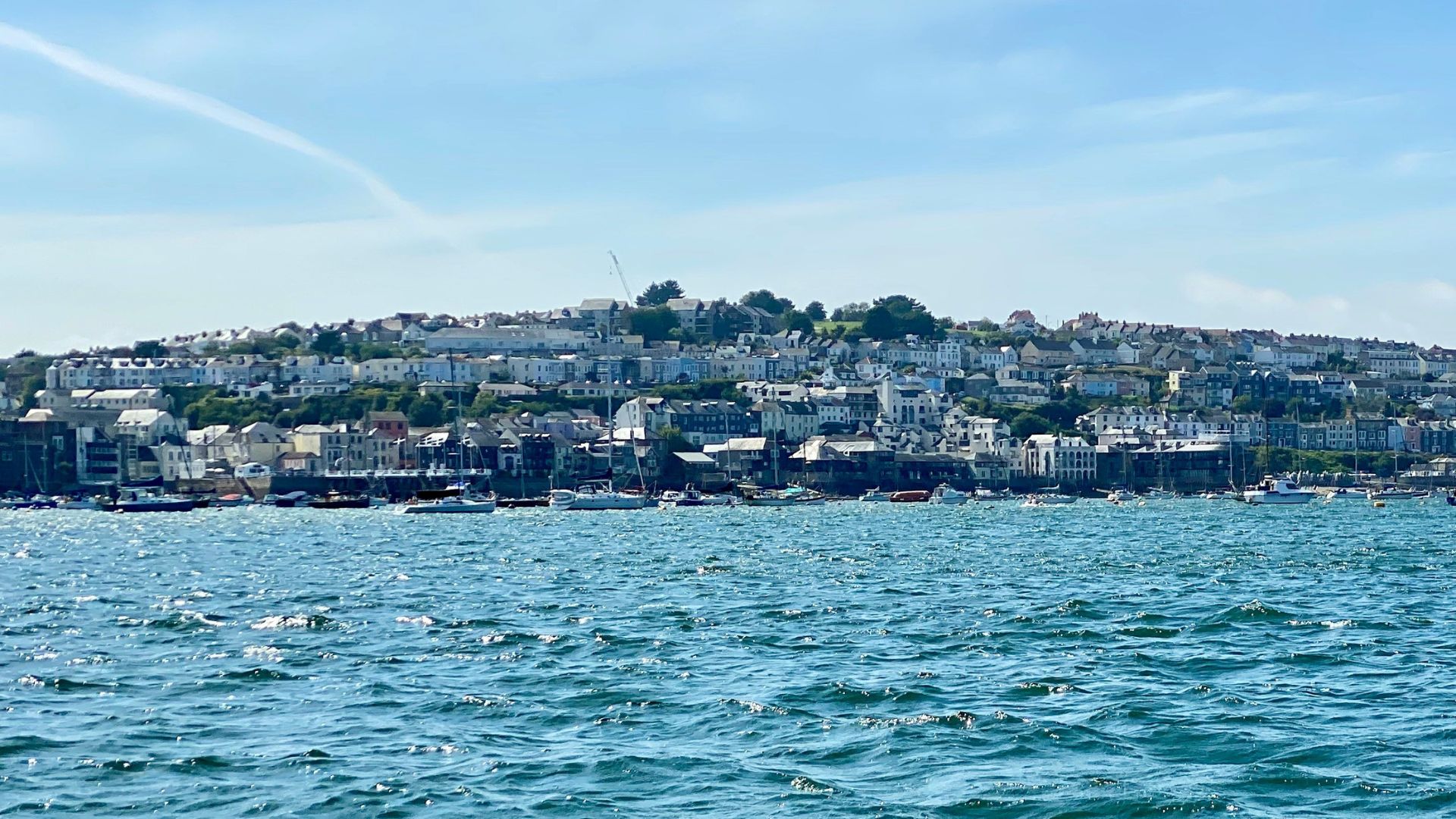
Meanwhile, archeologists will now desalinate the gravestones and work to further conserve them.
The university hopes to show these magnificent — and uncanny — gravestones to the public sometime next year.
